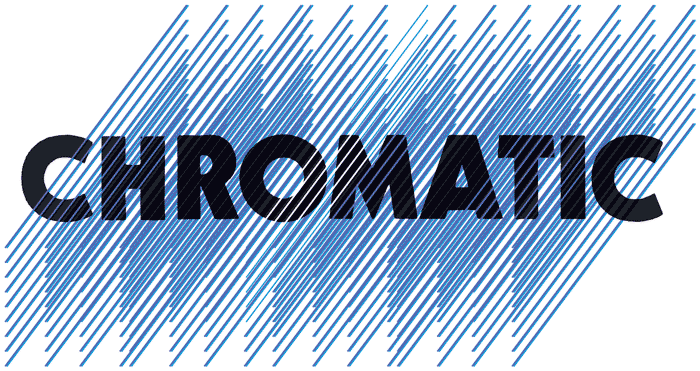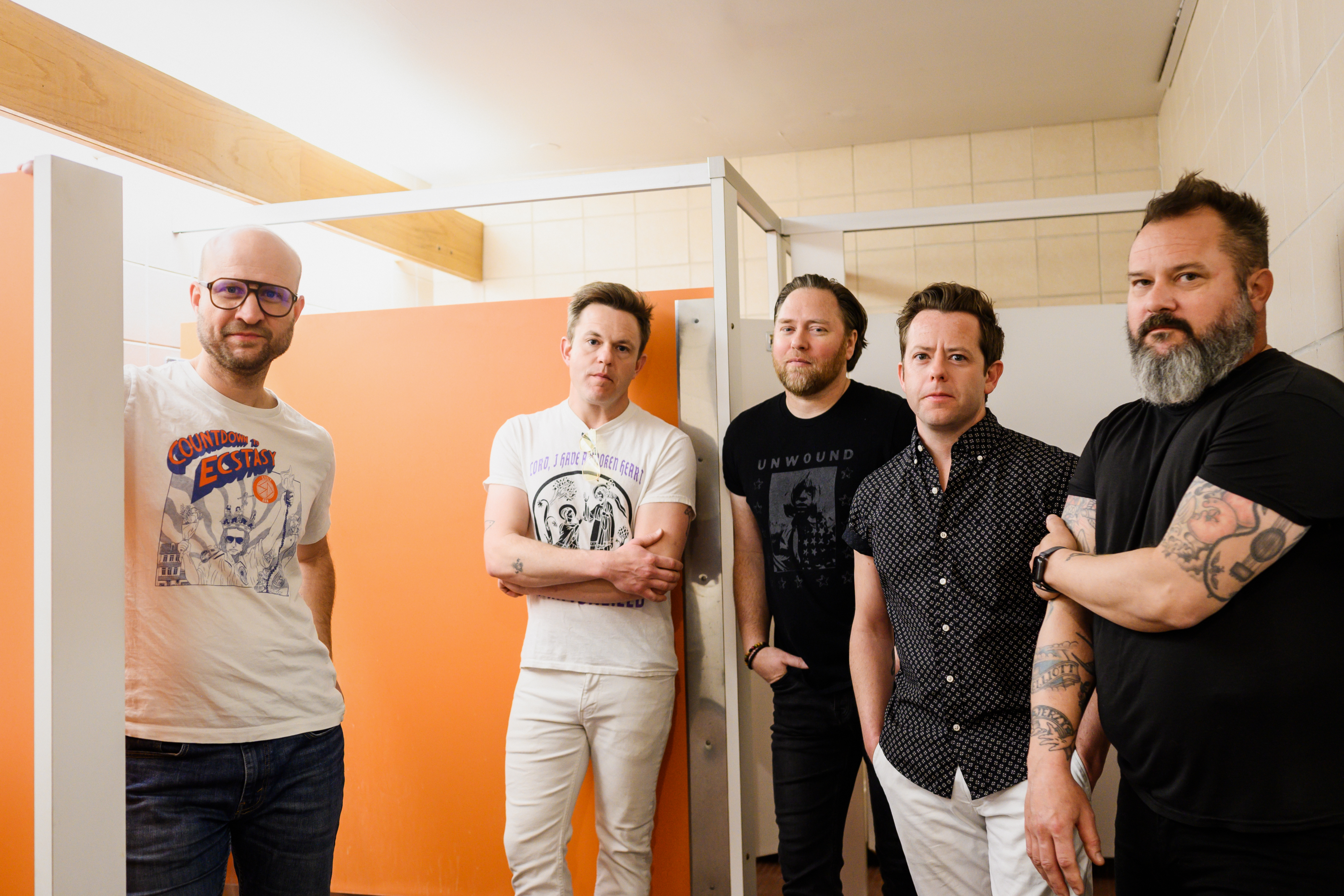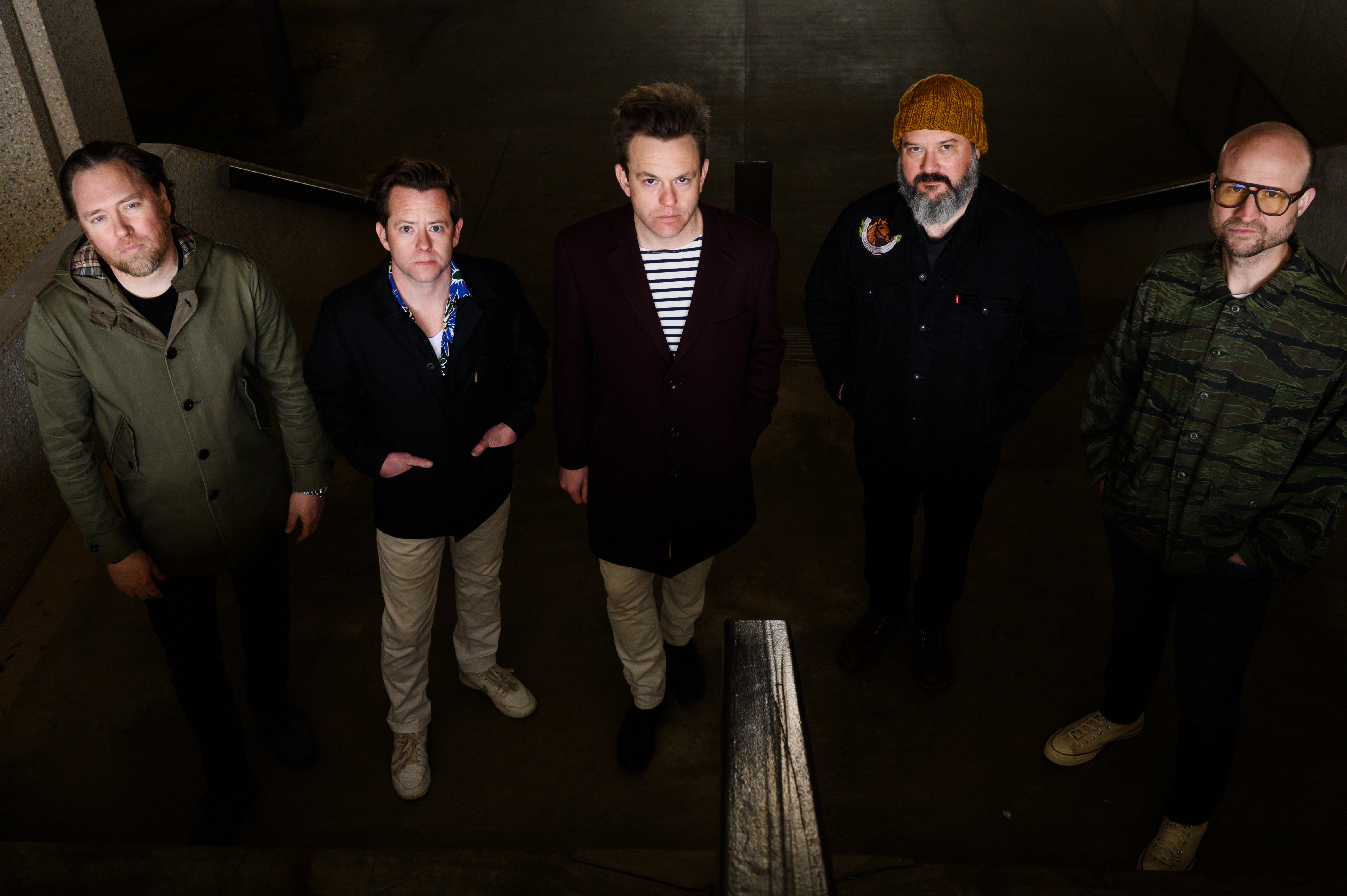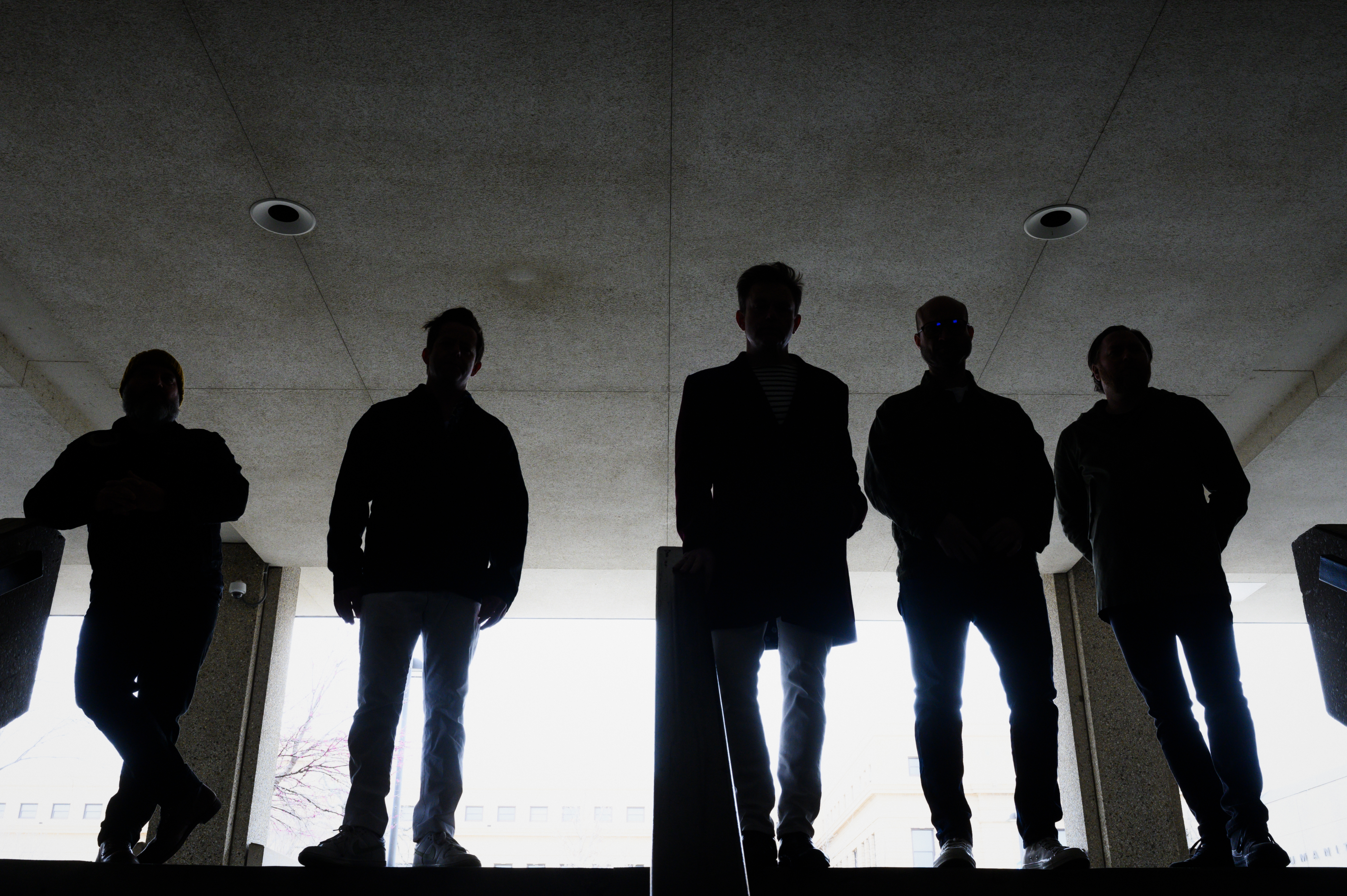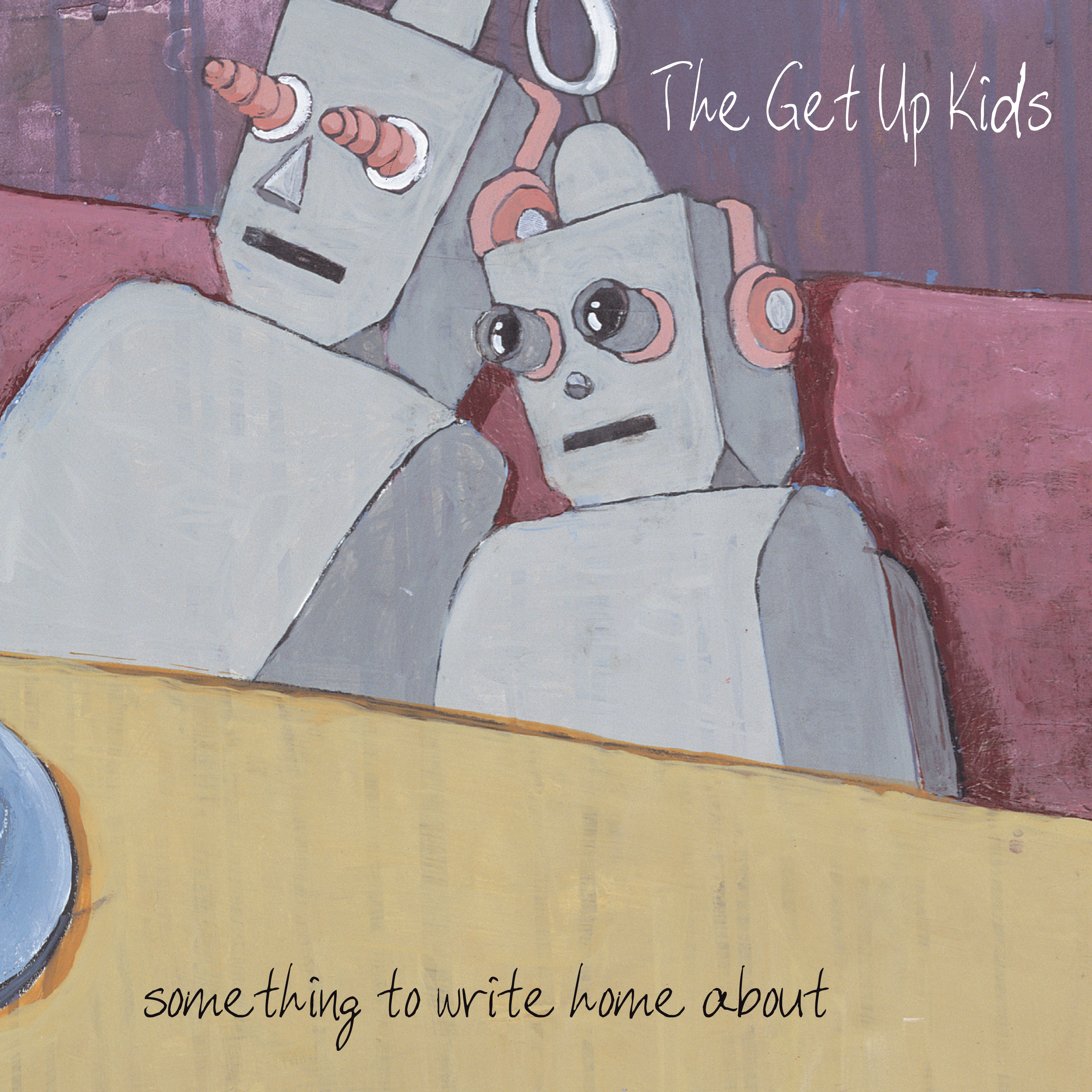The Get Up Kids
Something to Write Home About 25th Anniversary Deluxe Reissue
Polyvinyl Record Co.
Records have the power to return us to places long since left. The Get Up Kids’ seminal sophomore album Something to Write Home About, celebrating its 25th anniversary this year with the release of a deluxe, remastered edition, might send listeners back to cinder block dormitories, stuffy study halls, the driver’s seats of first cars, or their teenage bedrooms.
For the four core members of The Get Up Kids, the album transports them to Mad Hatter Studios in Los Angeles’ Silver Lake neighborhood, where they spent six weeks in the summer of 1999 recording what would be their genre-defining outing. “I can hear that studio that we recorded in,” says bassist Robert Pope. “A lot of it was the environment.”
Compared to their 1997 debut Four Minute Mile–recorded over a whirlwind weekend in Chicago on a shoestring budget–their follow-up was given the time and resources to be fully realized, thanks to a freshly signed agreement with Vagrant Records that concluded an arduous label search. “We spoke with nearly every major-label A&R person that was out in the world,” says Pope. “They had weird expectations for our band, and I think we aimed a little higher than the major labels did.”
The Get Up Kids’ goal at Mad Hatter was to surpass the first album’s songwriting and sonic qualities without losing the authenticity and energy Four Minute Mile encapsulated–and that the band displayed at every stop of their relentless tour schedule. “Our first record is what it is—its imperfections are one of the things that people like about it,” says frontman Matt Pryor. “But I personally wanted us to record something that sounded like a real band, that sounded professional and, you know, big.” Working for the first time with Chad Blinman, who co-produced the record with Alex Brahl, the band achieved the massive sound they sought.
Something to Write Home About captured the band’s growing musicianship–their playing pivots from aggressive to sensitive from track to track, sometimes even within songs–and featured keyboard textures from James Dewees that realized the band’s ambitions to push beyond stripped-down punk. “The record sounds bigger and more expensive than it actually is,” says Pryor, “which I think is a testament to both our ability as a band and to Blinman's ability as a producer.”Drummer Ryan Pope describes the “little magical moments” in the songwriting and arrangements, where maturity and nuance merged with the unexpected touches that sprang from the young band’s instincts. “It was pretty natural,” he says, “which is kind of how a lot of cool things happen–when you don’t overthink it too much.”
Released mere months after the band’s stint in the studio, Something to Write Home About emerged into a rock landscape dominated by commercial rock, post-grunge, and nü-metal. “Nothing that was popular sounded like our album,” says lead guitarist Jim Suptic. “That style of music wasn't mainstream.” Yet Something to Write Home About, along with fellow 1999 releases like Jimmy Eat World’s Clarity and the Promise Ring’s Very Emergency, solidified a canon of expansive, pop-leaning emo that would guide the genre’s explosion in the new millennium, and go on to inspire platinum-selling bands like Fall Out Boy and My Chemical Romance, as well as wave upon wave of emo revival acts.
But Something to Write Home About’s success wasn’t limited to its immeasurable influence. It also positioned Vagrant, which would later add emo luminaries like Saves the Day and Dashboard Confessional to its roster, as the genre’s preeminent label. It also led to the band’s opening slots for Green Day and Weezer, and sold-out shows across a two-year headline tour that, by its end, had pushed the album’s Billboard Heatseekers chart summit to #31 and its unit sales into six figures (a rarity for an indie record in the late ‘90s).
For the 2024 reissue, the original album tracks were remastered by Joe LaPorta at Sterling Sound and the packaging features expanded artwork plus an album’s worth of demos, including four-track acoustic recordings by Pryor. This combined effort reveals the sturdiness of Something to Write Home About’s songs — a tracklist battle-tested in hundreds of live settings.The demos also reveal key changes to lyrics, as in opener “Holiday,” and abandoned instrumental ideas; Pryor points to a “twangy” guitar line in “Valentine” jettisoned by Suptic. “It’s so funny listening to it now,” Suptic says. “My better taste prevailed.” For the Get Up Kids, these demos also have the same transportative quality as the finished album, warping them right back to downtown Kansas City and the five-story decommissioned ROTC training facility that–for $100 a month–served as their practice space. “When I hear those particular demos,” says Rob Pope, “it takes me right back to that rehearsal room.”
In both the early drafts and remastered tracks contained on this definitive version of Something to Write Home About, longtime fans will return to places familiar and formative, and rediscover plenty of moments as vivid as they were on first listen.
